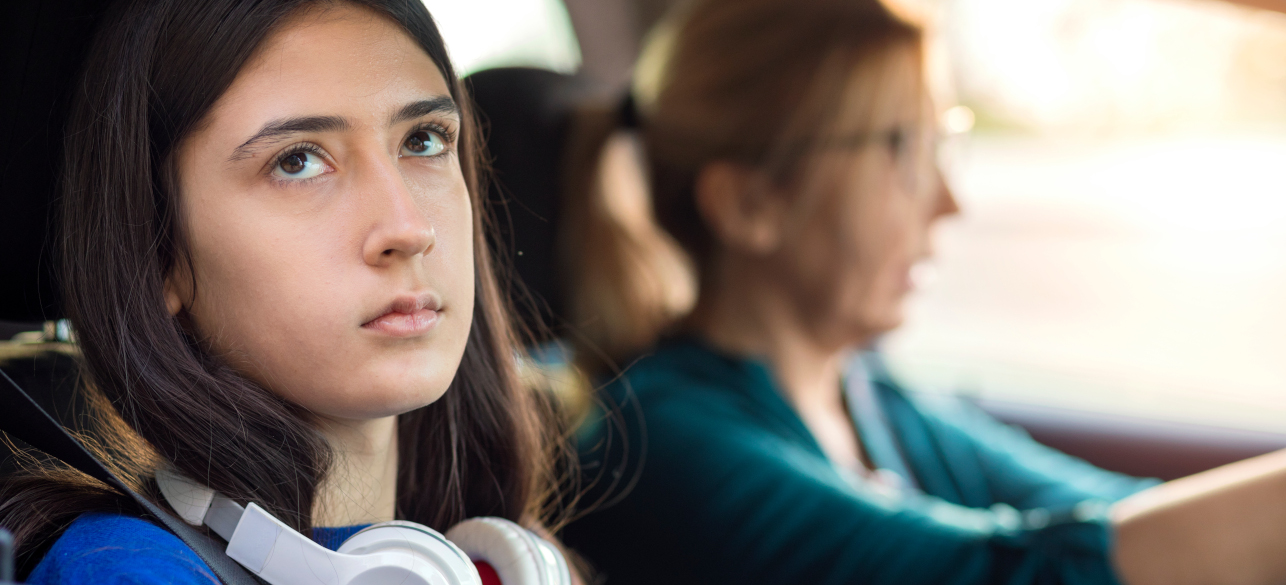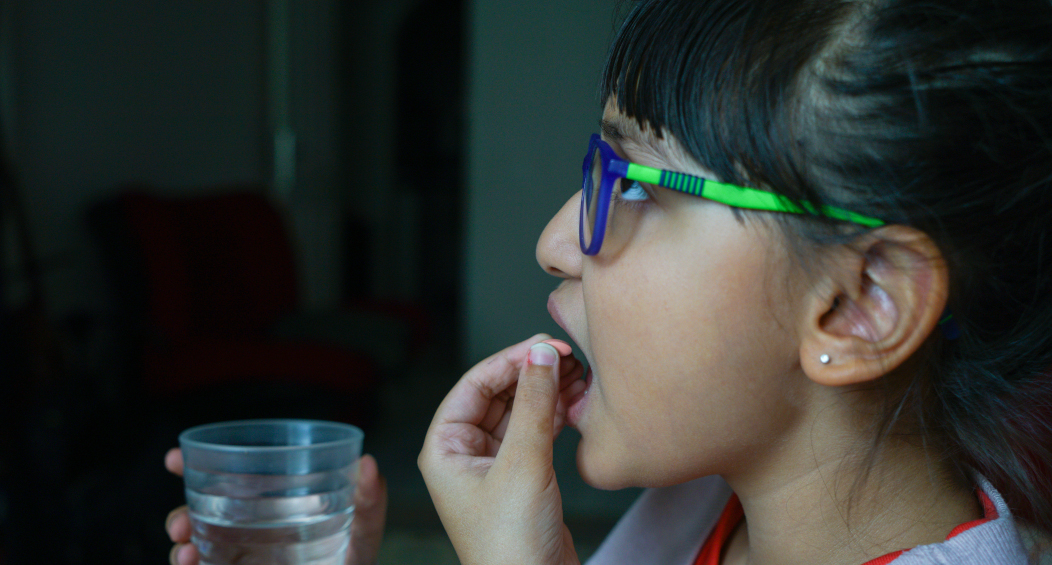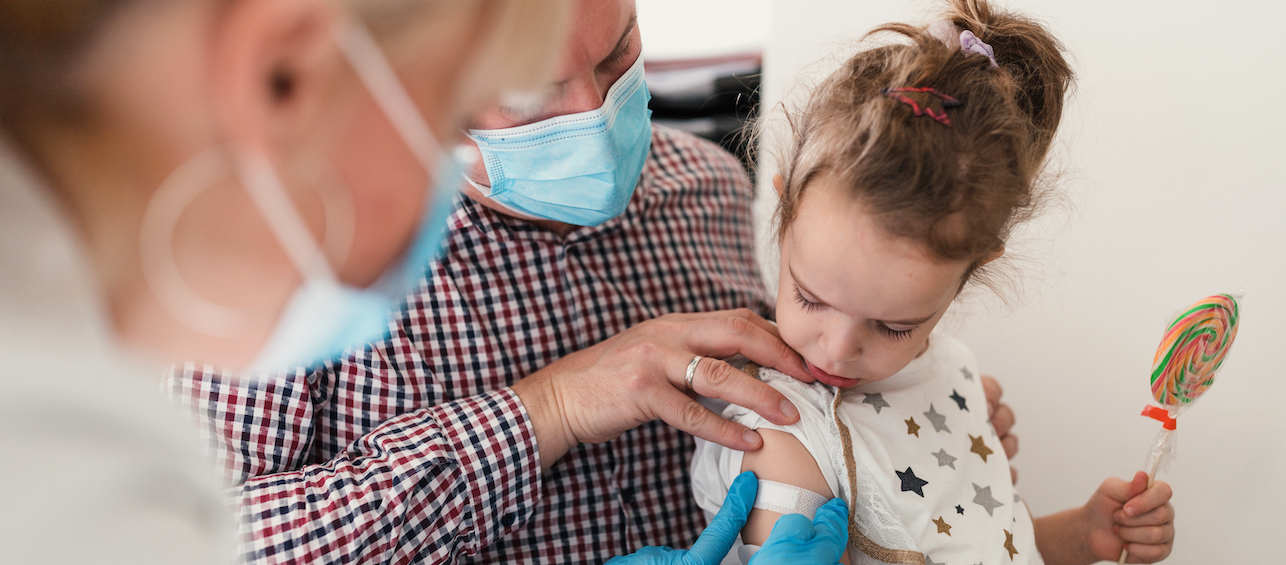New things and situations are anxiety producing, and COVID-19 is no exception. So much is unknown about the disease, and things seem to be changing quickly.
This can be worrisome for both adults and kids. Parents may be wondering how they can talk about it with their children to help ease their fears and anxieties. Here are some suggestions:
Steps to Help Ease Kids’ Fears and Anxieties about COVID-19
1. Manage your own anxiety
First of all, I recommend parents manage their own anxiety about this disease. Kids pick up on how we’re feeling, and if we’re anxious, they’ll be more likely to feel the same way. Further, I think it’s important to limit your exposure to the news. It’s a good idea to stay in the know, but limit the amount of time you’re watching or reading the news. Get your information from reliable resources, such as the Centers for Disease Control (CDC) and the World Health Organization. It’s time to be prepared and vigilant, but not panicked.
2. Ask what they know
To start the conversation, I suggest asking what they know about the disease, rather than beginning with an explanation of it. This will allow you to immediately address any misinformation. For older kids and teens, ask what they’ve seen on social media. There is a lot of inaccurate information out there.
3. Ask what they’re worried about
Next, ask what they’re worried about, that way you can help ease their anxiety directly. You may be surprised by what they’re anxious about. They may not be worried about getting sick – it may be something else altogether. For instance, if they hear that their school may be closing, they may be more worried about not seeing their friends ever again. Let their questions and behaviors guide the conversation.
4. Explain the facts on a developmental level
– Tailor your explanation for their developmental level. I suggest only giving them small amounts of information. For younger kids, you may only need to explain that COVID-19 is a virus, or germs, that can make people sick and it spreads by coughs and sneezes. So far it seems like kids aren’t getting sick as much. I would not explain how it seems to be affecting older adults more, because that might make them worried about their grandparents. For older kids and teens, you can explain the disease at a higher level, but I recommend letting their fears and what they already know about it guide the conversation.
– Tell the truth. Like most situations, it’s best to tell the truth. But don’t be overly optimistic. Don’t tell them that they’ll never get sick or it won’t affect them. There is just so much unknown about this condition to say that for certain. But reassure them that the adults are on it by explaining what they are doing and what your family is doing to help prevent it (see below).
– Revisit only as needed. It’s important to have discussions with kids about this disease, but only as needed. We don’t want to overly warn or overly prepare them. If we’re bringing it up too much, it may unintentionally make their anxiety worse. Let their questions and behaviors guide the number of conversations you have about it.
5. Explain what is being done
Explain that our government, schools, doctors, researchers, and many more really smart adults are doing everything they can to help prevent the spread and find a treatment. If their school is shutting down, it’s because they want to keep their students safe, even if no one at their school has it yet.
6. Explain what your family is doing
Describing what they can do to help prevent it in your household may help them feel more in control, and thus, help manage their anxiety. Examples can include washing hands when you get home, after going to the bathroom, and before every time you eat. Coughing and sneezing into their elbows. Not touching their faces. Come up with new ways to say hi to people, such as air high fives. If your child’s immune system is compromised, read this guidance for parents.
7. Reinforce kindness and tolerance
As a final thought, I think it’s important for parents to remind kids to be kind to one another. Everyone is different. Just because someone is coughing, it doesn’t mean they have COVID-19. They may have seasonal allergies or the common cold. While it’s important to be vigilant and to stay away from sick people, it’s equally important to be tolerant and understanding of others. We’re all in this together.
For additional information, visit Cincinnati Children’s COVID-19 information page. Review answers to questions about visiting Cincinnati Children’s during this time.






[…] New things and situations are anxiety producing, and COVID-19 is no exception. So much is unknown about the disease, and things seem to be changing quickly. This can be worrisome › Continue Reading […]